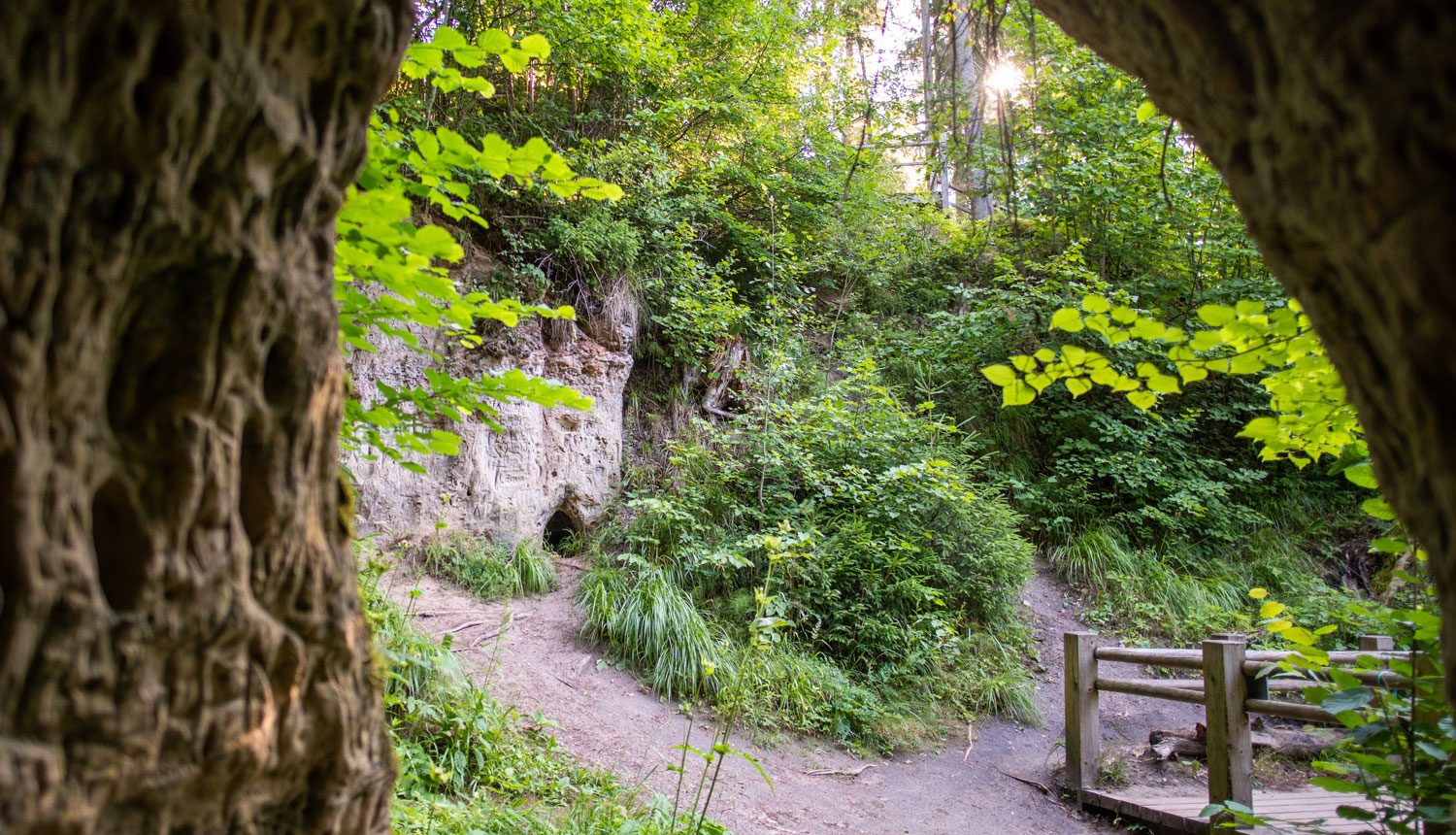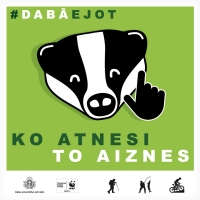The Nature Conservation Agency (Agency) shall keep an inventory of visitors at 35 nature tourism sites and routes in all regions of Latvia. Counter readings show that people are most attracted by nature sites near Riga. The number of visitors to these sites has even more than doubled in recent months.
The most popular nature object is the Ķemeri Great moorland, where the number of visitors has increased significantly. In October 2020, when 6 000 visitors visited the moors, the number of visitors has already exceeded 15 000. In recent months, there has also been a significant increase in human interest in the natural trails of Sigulda, Ligatne, Cesis, and Kolka cape. In order to avoid crowding and not to create excessive anthropogenic pressures, the Agency calls for the abstain of visiting the most popular destinations and, when planning routes, to choose less visited natural sites that can be found out more about in the natural pearl mobile application “Nature Tourism”.
There was a calm and quiet in nature in the autumn. The forest is more transparent in the no-leaves period, with wild animals and their footprints visible even from a distance. Rock outcrops can be observed in many parts of Latvia, also outside well-known and crowded routes. For example, the nature park “Abavas Senleja” addresses its diverse landscape mosaic, with steep slopes, outcrops, salts, ravines, sources and tributary toasts.
A great place to watch birds and seas on Vidzeme's side is the Randu meadow trail in the Northern Vidzeme Biosphere Reserve. The path leads through the meadows and the adjacent dune to the bird-watching tower, where white and grey herons, swans, wadding birds, and often even sea eagles can be found. But families with children are also advised to get to know the Niedrāju-Pilkas marsh trail, which is not too long and without rubber boots, even in the humid period of autumn.
Across the backs of cangars (ancient dunes) and the bellies of vigas (humid hollows between the dunes) are led by the Pēterezers Trail at Slītere National Park, which allows everyone to enter a few thousand years of old history. Such a complex occurred at times when the sea was still billowing. In addition, in the autumn, vigas transforming, as they fill with water and become small seasonal lakes. On the other hand, the landscape of the Rāzna National Park can now be enjoyed more broadly because the shapes of hills are exposed. They can be seen further from the hill Mākoņkalns and the hill Lielais Liepukalns.
A useful tool for planning natural routes and viewing sites will be the “Nature Tourism” mobile app created and maintained by the Agency. With the support of the Interreg Central Baltic programme, significant improvements have been made to the application functionality as a result of significant increases in demand for long hiking routes provided by Mežtaka and Jūrtaka. Long-distance hikers can now follow their march relative to the route, allowing for better planning of the frequency and duration of rest.
In order to provide more information on the different destinations of nature tourism, the Agency regularly updates the “Nature Tourism” mobile app with descriptions of new destinations. It will assist everyone in planning a walk or ride in the short term by selecting one of the more than 500 natural tourist destinations – specially protected nature areas, nature trails, recreational sites, viewing towers, passing routes and so on. The “Nature Tourism” mobile app can be downloaded by Google Play and Apple Store App.
When visiting natural sites, the Agency calls for responsibility and respect for a healthy two-meter distance, as well as for the principle of passing in nature. What do you bring, take it away! Which calls not to be left in nature, not even in the small garbage boxes, empty packages and other things.





